Researchers undecided on how to classify the first publicly announced gravitational wave detection from LIGO-Virgo’s third observing run
Title: Is GW190425 Consistent with Being a Neutron Star–Black Hole Merger?
Authors: Ming-Zhe Han, Shao-Peng Tang, Yi-Ming Hu, Yin-Jie Li, Jin-Liang Jiang, Zhi-Ping Jin, Yi-Zhong Fan, Da-Ming Wei
First Author’s Institution: Key Laboratory of Dark Matter and Space Astronomy, Purple Mountain Observatory, Chinese Academy of Sciences, Nanjing 210034, Peopleʼs Republic of China
Status: Published in The Astrophysical Journal Letters [open access]
We are now in the finishing movements of the third rendition of the spacetime symphony: gravitational waves emitted by pairs of compact objects spiraling towards and smashing into one another. In January 2020, the LIGO and Virgo gravitational wave observatories publicly announced the first of many detections they have made in ‘O3’, their third joint observing run. It was announced as the second-ever confirmed detection of a binary neutron star merger – but was it?
We were perhaps fortunate that the first two distinct kind of Gravitational-wave signals we received: one involving binary black holes, and the other involving binary neutron stars, were extremely clean, smoking-gun traces of what we expected them to look like in the detector data.
GW150914, the binary black hole event was detected on September 14, 2015 almost as soon as the twin LIGO detectors were ready to collect data. The signal was loud and clearly seen in both the detectors. Despite this, the collaboration researchers spent months performing extensive tests to make sure that these were truly astrophysical black holes merging and not some spurious noise.
GW170817, the first collision of binary neutron stars was seen on August 17, 2017 during O2, the second observing run when Virgo, the European detector also joined the game. This event was special since unlike black holes, neutron stars emit electromagnetic radiation in what we call an explosive ‘kilonova’ emission. Observatories around the world and in space spotted it across different wavelengths of light soon after LIGO-Virgo recorded the gravitational wave signal, making it beyond doubt a confident detection. Among the things we learnt from this event was that heavy elements like gold and platinum are forged in these kilonovae, as well as the fact that gravitational waves most certainly travel at the speed of light.
The observatories spent the next whole year making significant instrumental upgrades that would extend the range up to which we could detect these mergers of compact objects. They started taking data for O3, their third observing run in April 2019, and behold, it started raining signals! We are now in the age of recording a new signal from the universe every week. Till date, LIGO-Virgo have recorded 56 new gravitational wave events in O3 alone.
Out of these, GW190425 is the first O3 detection to be publicly announced. If you’ve noted the pattern, it was received on April 25, 2019. This particular chirp was heard by only one detector online at that time: LIGO Livingston, Louisiana. This greatly reduced our ability to pinpoint the source in the sky, much like we need both of our ears to identify where sound is coming from. Initial analysis strongly pointed towards the source being a binary neutron star collision, one that is expected to give off a kilonova. But astronomers were tasked with a huge chunk of sky to search for it, and none was found.
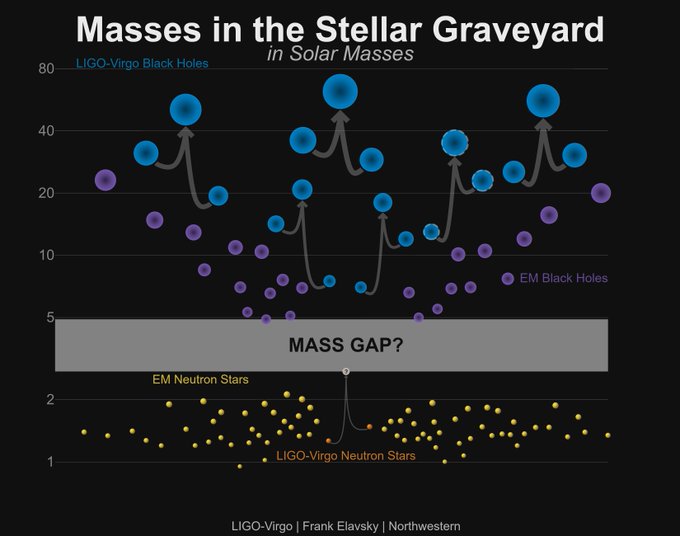
Further, LIGO-Virgo reported that the primary object’s mass could be as heavy as 2.52 accounting for the large uncertainty. If you look at the ‘stellar graveyard’ plot of known compact objects arranged according to their masses (Figure 1), you will see that not many neutron stars are heavier than 2 solar masses. And without having seen the smoking-gun kilonova of a binary neutron star merger, the collaboration even stopped short of labeling it so in the title of their paper. They do not exclude the possibility that one (or both!) components of this binary might be black holes.
This is exactly what the authors of today’s paper set out to explore. They tested the hypothesis of it being a neutron star-black hole merger by updating the priors in the Bayesian analysis. They report a mass of 2.4 for the heavier compact object, with an error of about 0.3
either way. They contrast this with the heaviest neutron stars we have known from the observation of pulsars.
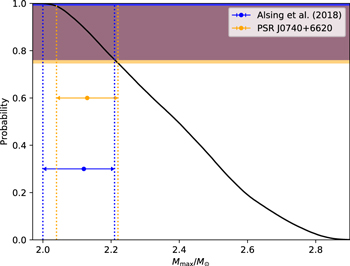
As shown in figure 2, the mass estimate of 2.4 for the heavier object lies significantly above the present knowledge of the maximum mass cutoff for neutron stars, as well as the error bounds of the heaviest observed neutron star. While this does not imply that it must be a black hole, the researchers verified that other inferred parameters of the source were consistent with the LIGO-Virgo analysis, and hence the NS-BH hypothesis cannot be discarded.
If this were true, it would be the first confirmed NS-BH signal LIGO-Virgo has recorded. It would also point to the existence of light black holes, rendering the Mass Gap a nonphysical, systematic void. Either way, this is just the first of the many exciting results that LIGO-Virgo is poised to announce in the coming months. Stay tuned to more records from the gravitational wave universe!

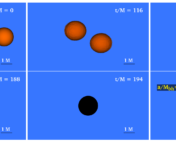
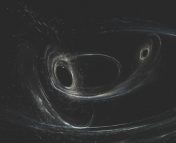
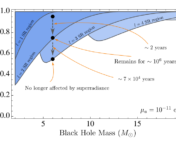

Am I the only one that believes that LIGO’s inability to replicate multimessenger astronomy in the 03 run is highly disappointing?